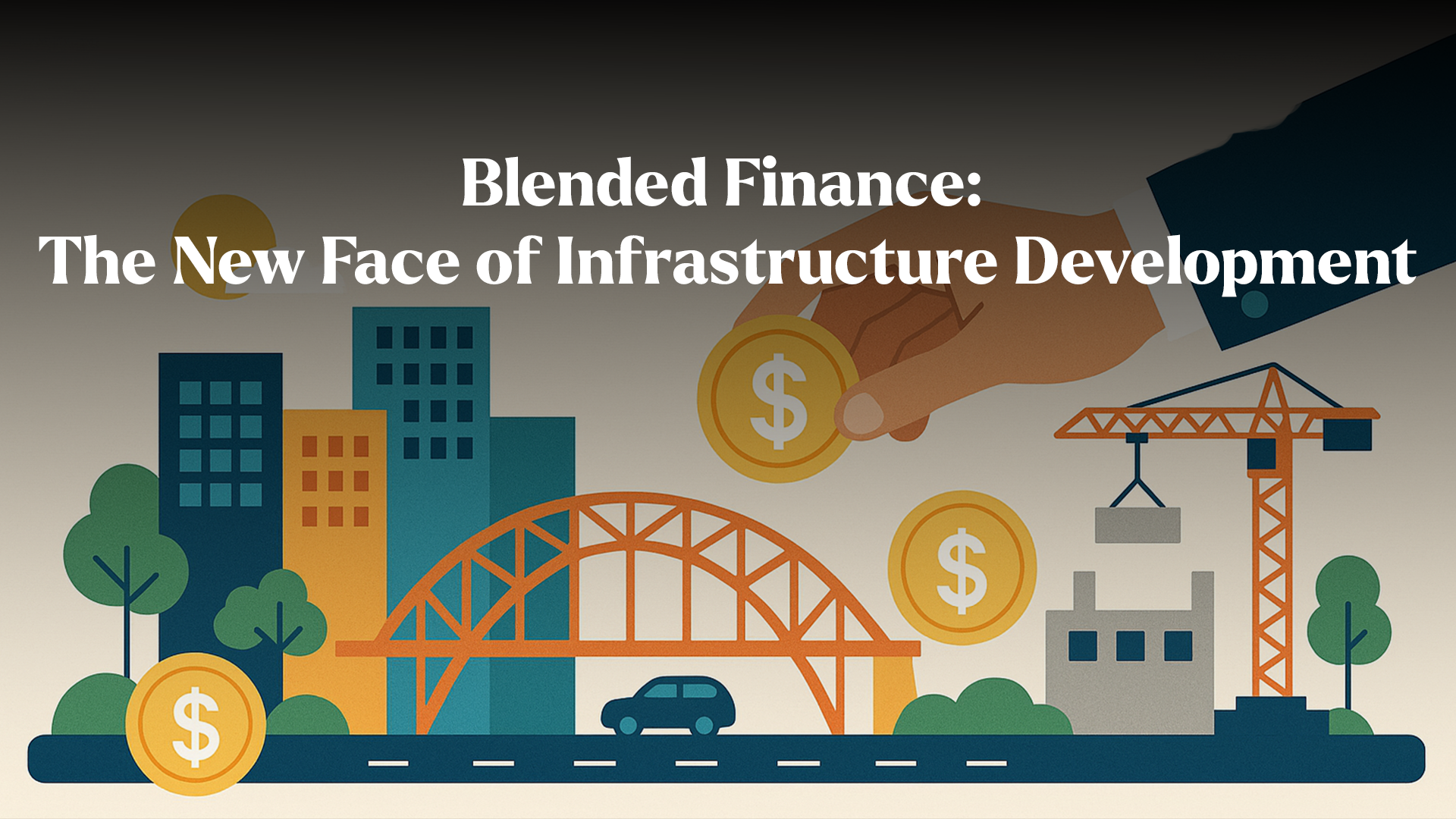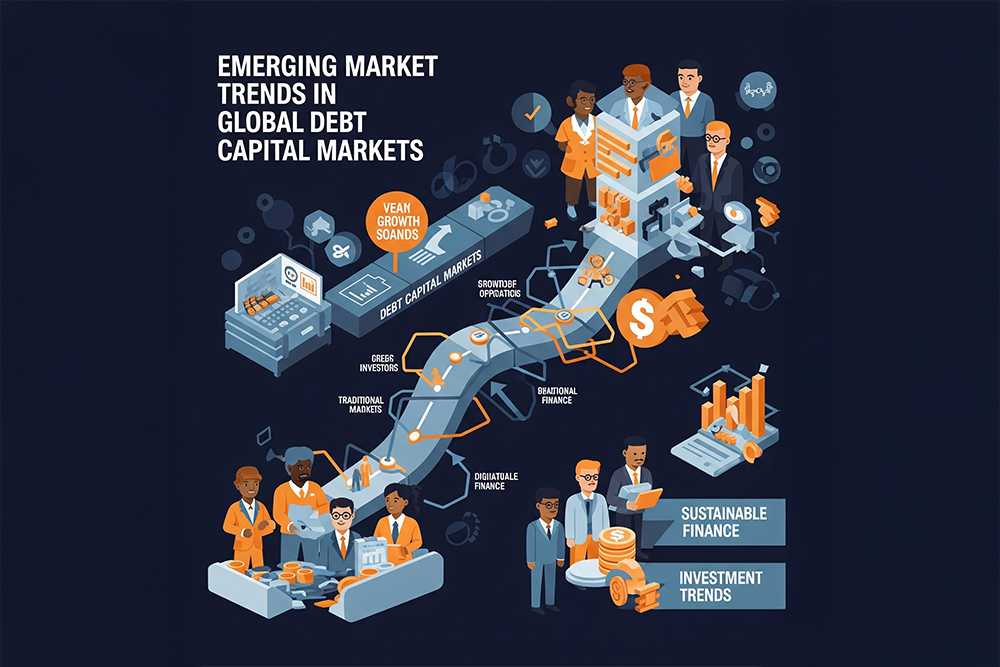Trade finance forms the financial backbone of global commerce, enabling importers and exporters to transact efficiently across borders. However, in an increasingly digital world, traditional paper-based and manual processes are becoming outdated. As global demand rises for faster, transparent, and inclusive trade solutions, innovation is reshaping trade finance, ushering in automation, digital documentation, and next-generation infrastructure.
This isn’t just an operational upgrade; it’s a fundamental shift that is redefining how capital flows, how trade is financed, and how global markets evolve.
1. The Evolution of Trade Finance
Traditionally, trade finance depended heavily on physical documentation, delayed communications, and opaque procedures. Instruments such as letters of credit and bills of lading, processed through various financial intermediaries, created inefficiencies, delays, and mounting costs.
With the digital revolution, that model is transforming. Over the past decade, fintech innovation, blockchain technology, AI, and seamless API integrations have brought real-time transparency and speed. Export finance processes are now streamlined, and digital platforms connect global players with unprecedented ease.
2. The Role of Digital Infrastructure Finance
Driving this change is digital infrastructure finance—investment in the platforms, systems, and technologies that power digitised trade operations. Blockchain creates immutable, transparent transaction records. APIs connect banking systems with trade portals. AI enhances credit scoring and risk profiling.
Together, these technologies result in:
- Faster payment cycles
- Enhanced transaction security
- Automated compliance and monitoring
- Greater trust among stakeholders
For example, smart contracts now trigger payment releases once predefined trade conditions are met, eliminating human error and delays.

3. Responding to Rising Global Demand
A global surge in e-commerce, nearshoring strategies, and supply chain diversification has increased the demand for agile trade finance solutions. Digitised systems are best positioned to respond by:
- Reducing the cost and complexity of cross-border transactions
- Enabling access to capital for SMEs previously underserved
- Accelerating transaction timelines to boost competitiveness
Scalable digital platforms also facilitate rapid integration into emerging markets, enhancing their participation in global trade.
4. Enabling Institutional Capital Flows
The digital transformation of trade finance has made it increasingly attractive to institutional investors. Transparency, traceability, and real-time data reduce perceived risks and increase market confidence.
Key developments driving capital inflows include:
- Securitisation of trade receivables
- Tokenisation of trade assets
- Standardisation of digital documents
Furthermore, digital platforms now allow investors to monitor ESG metrics in real-time—whether it’s tracking carbon emissions or ensuring ethical sourcing. This alignment with environmental and social goals makes trade finance instruments even more appealing to pension funds, sovereign wealth funds, and asset managers.
5. Addressing Challenges and Risks
Despite the opportunities, digitised trade finance comes with its own set of challenges:
- Cybersecurity risks: As sensitive financial data moves online, robust protection mechanisms are imperative.
- Regulatory fragmentation: Differing laws and compliance standards across jurisdictions complicate global adoption.
- Digital inequality: Many SMEs, especially in developing markets, lack access to digital tools or infrastructure.
Tackling these issues requires concerted global cooperation, harmonised regulation, and inclusive digital development strategies.
6. The Future of Trade and Export Finance
The future of trade finance is both digital and decentralised. Emerging innovations on the horizon include:
- Embedded Finance: Financing integrated directly within logistics, procurement, or supply chain platforms
- DeFi (Decentralised Finance): Peer-to-peer, blockchain-powered financing that bypasses traditional intermediaries
- Sustainability Monitoring: Platforms that track ESG metrics as part of trade financing assessments
We are moving from static documentation to dynamic, data-driven trade ecosystems. These systems will be adaptive, intelligent, and highly responsive to global economic shifts, powered by digital infrastructure and technology-led insight.
7. Conclusion
From AI-enabled risk analysis to blockchain-powered transparency, digital trade finance is unlocking new value in the global economy. The ability to finance goods, move capital, and manage risk across borders has never been more agile—or more essential.
As the demand for efficient, sustainable, and inclusive trade solutions accelerates, the digitisation of trade and export finance will continue to define the future of global commerce.

Global Banking and Markets: Facilitating the Future of Trade
At Global Banking and Markets, we do more than just keep pace with innovation—we set the pace.
As the world leader in global markets-focused financing events across emerging markets, we bring complex financial ecosystems together in one place. Our platforms provide unique access to business partners, counterparties, and financiers, creating an environment that accelerates deal flow and fosters strategic collaboration.
Whether you’re a multinational or an SME looking to scale, we offer:
- Unparalleled networking opportunities
- In-depth advisory on export and trade finance
- Access to digital-first platforms and cutting-edge insights
Connecting you with the right stakeholders is at the heart of everything we do.
Partner with us to navigate this new digital era in trade finance—smarter, faster, and more connected than ever before.
We are the world leader in global markets-focused financing events in emerging markets. We bring complex markets together in one place at one time, facilitate informal networking & organise meetings which accelerate deal-flow. Connecting you with business partners and counterparties is at the heart of everything we do.
.png)




